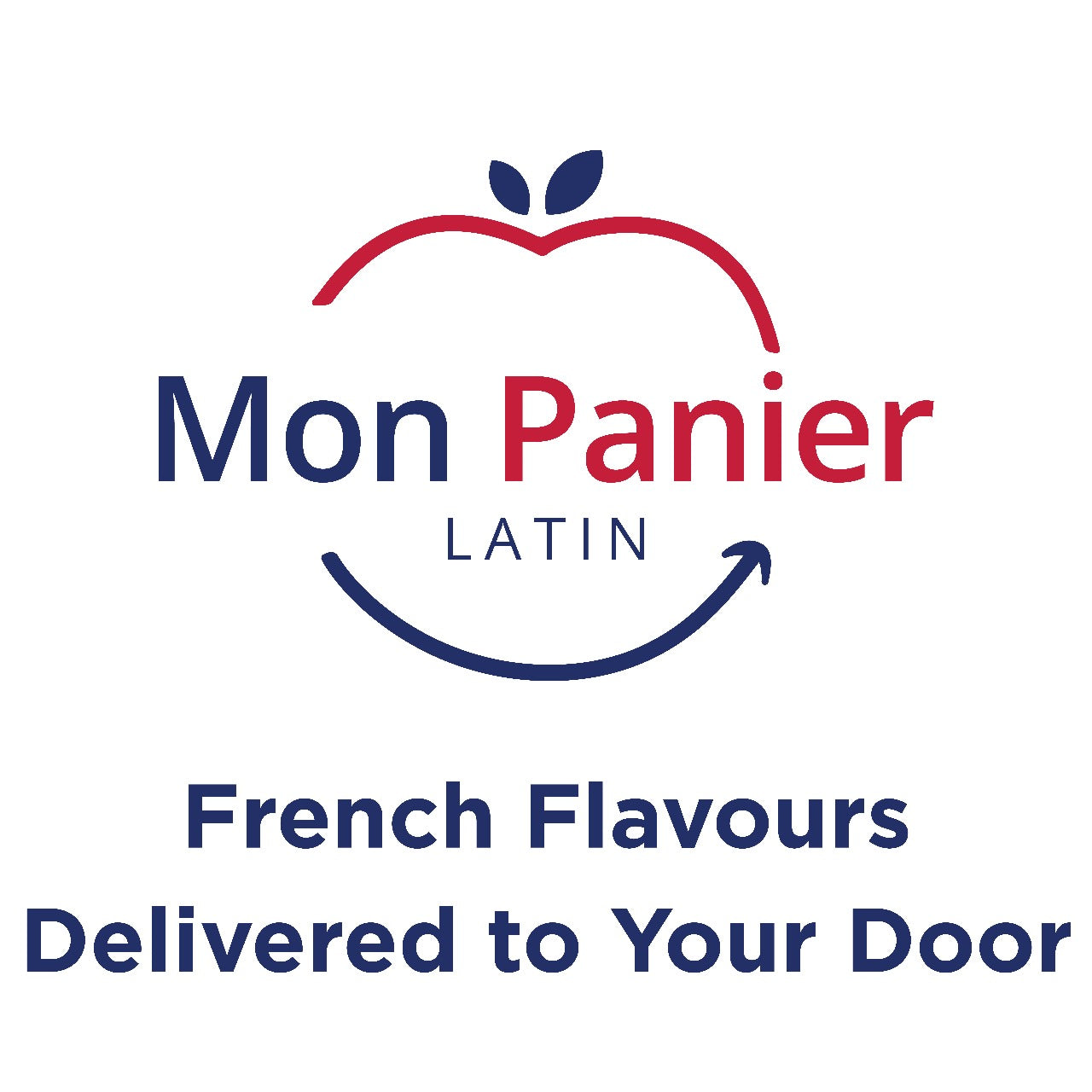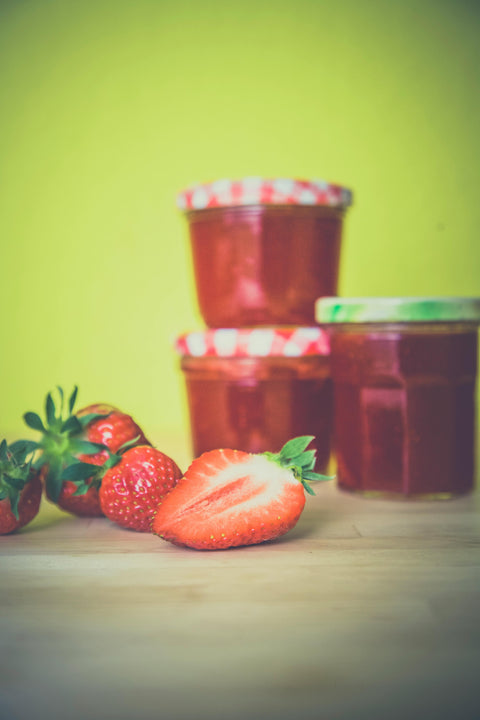(Spoiler: It’s not a cheese string or a Capri-Sun)
Let’s get one thing straight: French kids do not mess around when it comes to lunch. While the other schoolchild is unwrapping a ham sandwich with a packet of Wotsits and a slightly squashed Penguin bar, French children are unrolling a linen napkin and reaching for a mini Tupperware of lentil salad. Bienvenue dans le monde du déjeuner à la française.
1. Wait – French kids have lunchboxes?!
Trick question. Most French children don’t even bring a lunchbox to school. They eat at the cantine – the school canteen that, quite frankly, makes most adult cafeterias look like prison food. We're talking multi-course meals, proper cutlery, seasonal vegetables, and cheese that smells like an existential crisis.
But! On those rare days when kids bring food from home (field trips, strikes, or if their parents forgot to sign the canteen form), you can peek into their sac isotherme (insulated lunch bag) and find a little symphony of French gastronomy.
2. What's Actually Inside?
🧺 The Typical Line-up:
-
Starter: Yes, a starter. Maybe grated carrots with vinaigrette, a slice of quiche, or a handful of cherry tomatoes arranged with alarming precision.
-
Main: Pasta salad with tuna, a cold omelette, leftover ratatouille – or, if they’re really lucky, a baguette stuffed with saucisson and cornichons (pickles, but fancy).
-
Dairy: A wedge of cheese. Not Babybel. Think comté, emmental, or goat’s cheese that’s older than the child.
-
Fruit: An apple, some grapes, or that one seasonal fruit their parents bought at the market and washed lovingly.
-
Treat: A square of dark chocolate. Maybe a homemade gâteau yaourt. Never – we repeat, never – a neon-wrapped industrial snack bar. That’s what the British kids eat. (Sorry.)
And of course:
-
Drink: Water. Always water. Juice is for birthdays and extremely good behaviour.

3. Food Is Not Just Fuel – It’s Sacred
In France, lunch isn’t something you scarf down in 8 minutes while standing next to the PE office. Lunch is an event. A ritual. Even packed lunches are eaten slowly, preferably with real cutlery, possibly while discussing which region produces the best camembert (okay, we’re exaggerating – but not by much).
Teachers don’t just supervise lunch – they teach children to eat. Manners matter. Chewing matters. Finishing your vegetables before dessert? Non-negotiable.
4. What You Won’t Find
Let’s take a moment of silence for the following items, which are essentially banned from the French kids' lunch repertoire:
-
Crisps
-
Fizzy drinks
-
Processed snack bars with more sugar than actual food
-
Peanut butter (they think it’s weird)
-
Anything that comes with a plastic toy inside
5. The Philosophy: Education du Goût
This isn't just about nutrition – it’s about educating the palate. From a young age, French children are exposed to a wide variety of tastes, textures, and smells. They’re taught to try everything, even if they don’t like it. A picky eater in France? It exists, but they’re seen more as a challenge than a norm.
6. Should You Be Jealous?
Honestly? A bit.
The French system isn’t perfect – but it prioritises food as part of a child’s education, not just a midday energy top-up. It's a national pride issue. It's a lifestyle. And yes, it's why French kids might know the difference between Brie de Meaux and Brie de Melun before they learn long division.
So, what's in a French kids’ lunchbox?
A little bit of joie de vivre, a lot of variety, and probably something you can’t pronounce.
Next time you’re packing lunch for yourself or your child, consider going full French: skip the snack bars, grab some chèvre, and say a quiet "merci" to the culinary gods.



